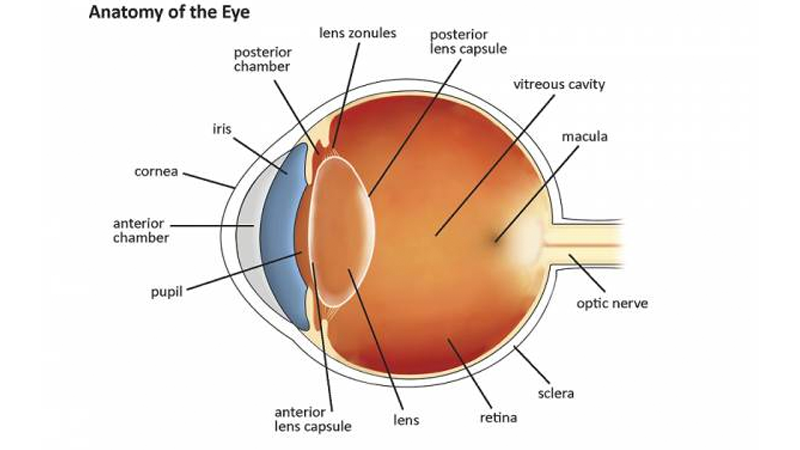If you are about to undergo cataract surgery, you may naturally be concerned that your cataracts could make a comeback. Secondary cataracts can appear a year or two after your initial cataract surgery and results in very similar symptoms to regular cataracts. The good news is that the risks of secondary cataracts are declining and are simpler to treat than regular cataracts.
Secondary cataracts affect between 4-12 percent of cataract patients1. While the original cataract surgery procedure is highly successful, being aware of secondary cataracts can ensure you get on the front foot should you experience cataract like symptoms later on.
What is a cataract?
To recap, a cataract is a clouding of the natural lens of the eye. It is a common and inevitable part of the ageing process and eventually leads to blindness if not treated. Cataract surgery breaks up and removes the affected lens and replaces it with a clear artificial lens to restore vision.
What is a secondary cataract?
A cataract cannot technically form in an artificial lens. However, microscopic cells from the natural lens are almost always left behind after cataract surgery. These remaining cells can begin to grow within the lens capsule causing the same clouded vision. This is known scientifically as Posterior Capsule Opacification (PCO), but commonly known as a secondary cataract. Secondary cataracts can occur a year or two after the initial cataract surgery.

What risk factors lead to secondary cataracts?
Things which may increase the risk of secondary cataracts include:
- Age – younger people are at a higher risk of the lens cells reforming
- Diabetes
- Uveitis – an inflammation of the middle part of the eye
- Myontonic dystrophy – difficulty relaxing certain muscle groups
- Retinitis pigmentosa – a breakdown of cells in the retina
- Traumatic cataracts – cataracts caused by trauma to the head or eye
How are secondary cataracts prevented?
Things that have contributed to a reduction in secondary cataracts from occurring include:
- Choice of Intraocular Lens (IOL) – some types of artificial lenses have shown to reduce the occurrence of secondary cataracts.
- Leaving the lens capsule open – During cataract surgery the lens capsule can be left open to dilute any remaining lens cells reducing the possibility of regrowth
- Medication – certain medications have prevented the regrowth of old lens cells
How are secondary cataracts treated?
If secondary cataracts have formed, then fortunately, treatment is not as involved as removing the original cataracts. A laser is simply used to make a hole in the centre of the lens capsule to allow light to pass through. This is a process known as YAG laser capsulotomy.
If you are about to undergo cataract surgery, it is a good idea to ask about your secondary cataract risks and available preventative options. Following cataract surgery, it is important to maintain regular post-surgery check-ups to ensure that secondary cataracts are not forming so that you can continue to enjoy your newfound clear vision.
Envision Eye Centre specialise in all aspects of cataract surgery. Our team of specialised Ophthalmologists can determine your risks of secondary cataracts and any preventative steps that may be needed before, during or after your surgery. Book an appointment with our team today to answer all your questions in a relaxed and anxiety-free environment.

